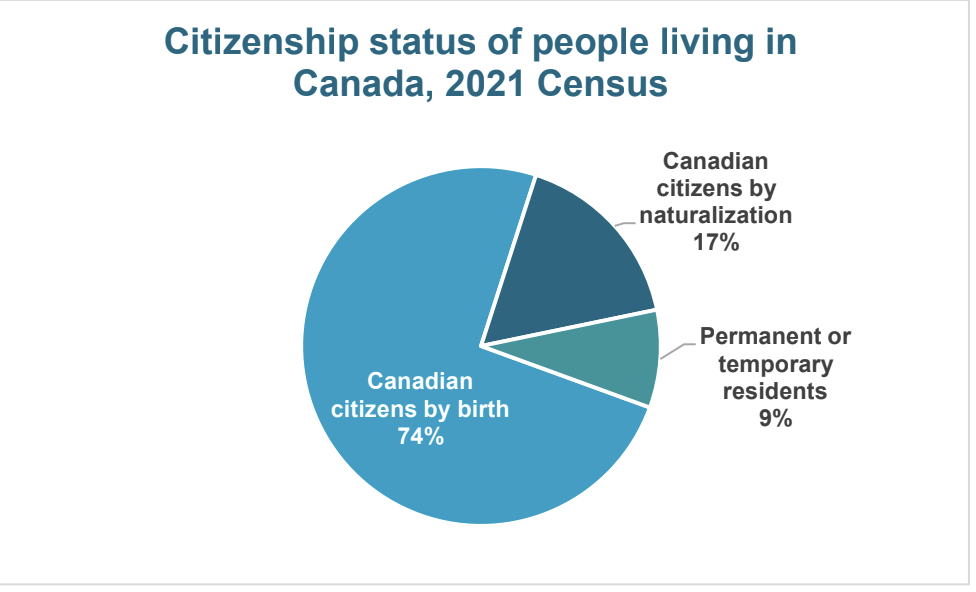AMSSA Public Policy Brief No. 24-03
May 29, 2024
This brief focuses on the decline in Canada’s citizenship rate among recent immigrants.
Canada’s naturalization rate has long been among the highest in the world, in part due to relatively strong settlement supports and an official multiculturalism policy. Based on the 2021 census, the overall naturalization rate among all immigrants who landed at least four years prior was 83.1%. Immigrants from non-OECD countries, as well as those who arrived as refugees or protected persons, are more likely to become citizens.
However, the citizenship rate among recent immigrants (i.e., immigrants who ‘landed’ as permanent residents between five to nine years prior to each census) has significantly decreased, dropping from 75.4% in 1996 to 45.7% in 2021. The decline was especially steep between 2016 to 2021. While COVID-19 restrictions and processing issues contributed, the pattern started before COVID-19. Even after accounting for pandemic effects, the citizenship rate declined faster between 2016 and 2021 than any other period since 1996.
The citizenship rate did not fall evenly. It was largest among those:
1. with lower education levels, family income, and/or English or French proficiency
2. from East Asia (primarily China) and, to a lesser extent, Southeast Asia
For the most advantaged recent immigrants – i.e., those with a high income, English or French as a mother tongue, and a post-secondary degree – it remained mostly unchanged.
 Close
Close

